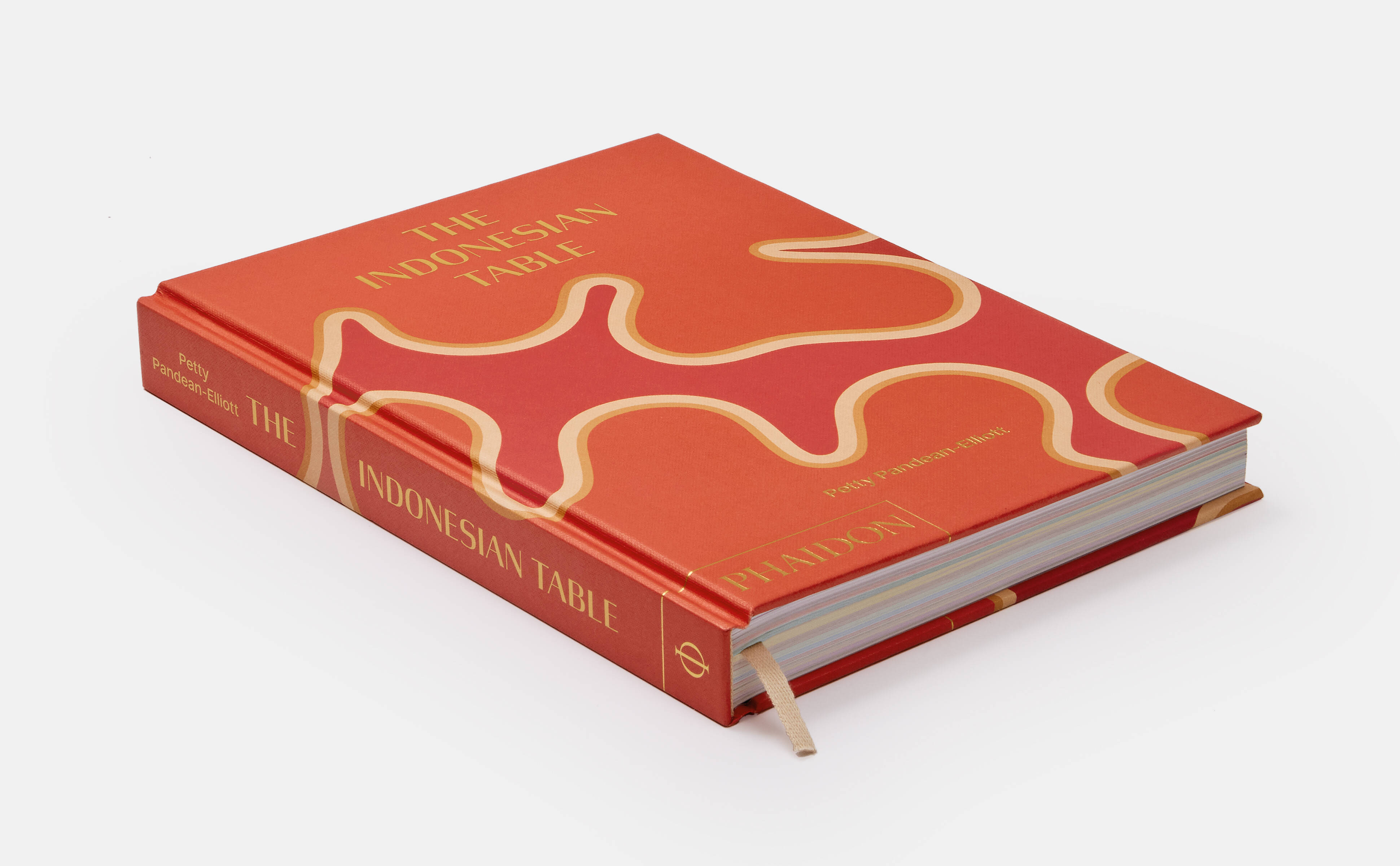
In The Indonesian Table, a nation is united in its diversity
Author and chef Petty Pandean-Elliott describes how a land of 17,000 islands and 700 languages offers near-limitless culinary variety
In 1667, two warring European nations struck a pact. Under the Treaty of Breda, the British swapped the tiny island of Run, east of Java, for another, larger, more notable landmass, then part of the Dutch empire: the island of Manhattan.
356 years later, from a simple real-estate point of view, that might seem like a crazy bargain. As the author chef and entrepreneur Petty Pandean-Elliott writes in her new book, The Indonesian Table, “This deal meant little, even less today, for the islanders themselves as most continue to live by subsistence farming and fishing in a place barely visible on a map.”
However, when examined from a culinary perspective, it was a significant swap for world cuisine, as this tiny Indonesian island enabled the Dutch to monopolise the trade in nutmeg, drawing out strange flavourful ingredients from this part of the globe, and introducing it to the wider world.
Those fabled Spice Islands are just one part of the archipelago of flavours Indonesia has to offer the world. As Pandean-Elliott puts it in her new book, Indonesia is a country unified by its rich variety.
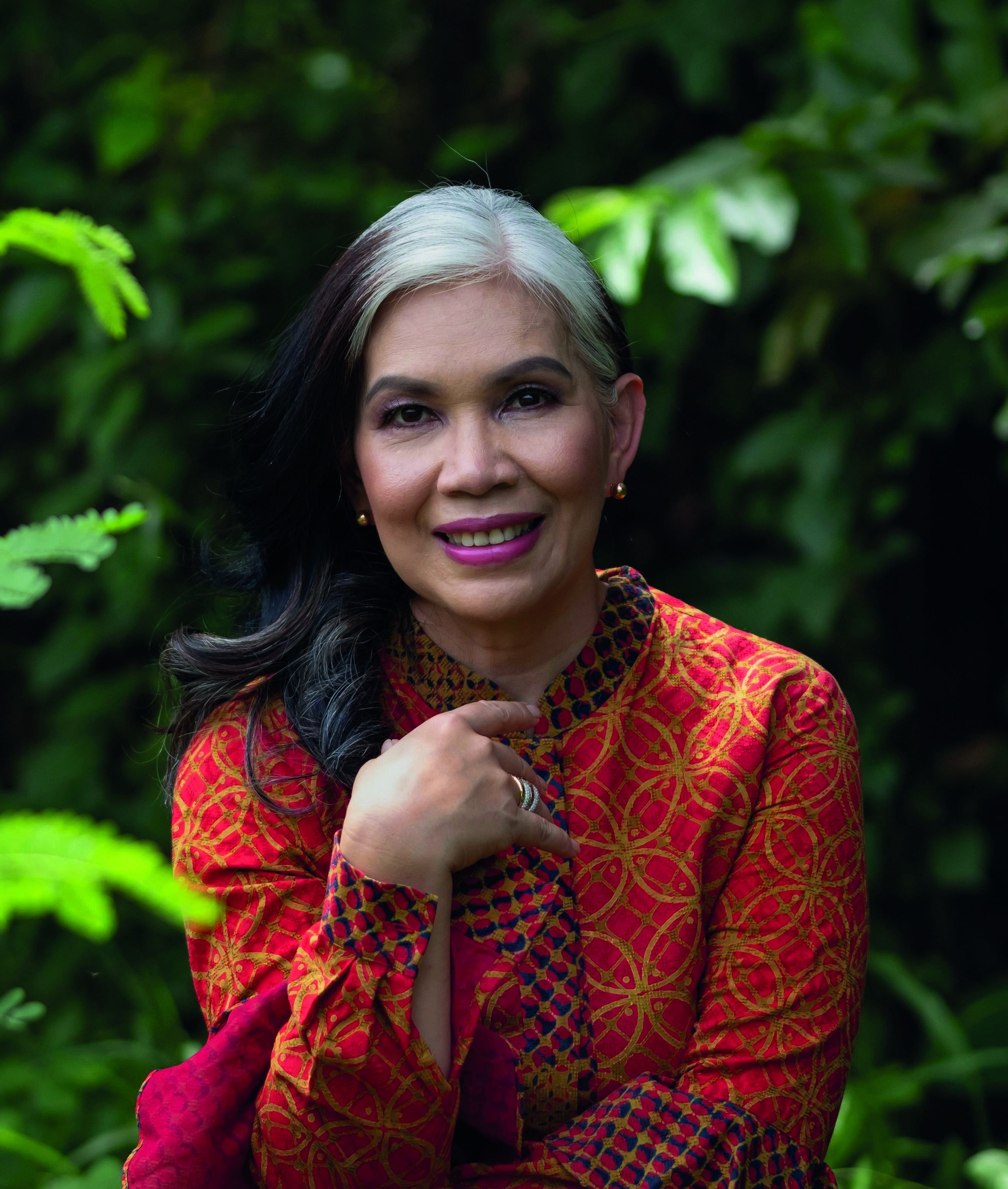
The Indonesian Table author Petty Pandean-Elliott
"The diversity is evident: we have 17,000 islands, 1,300 ethnic groups, 700 languages and six main religions,” she says, before going on to explain how the country’s national motto, Unity in Diversity, “signifies the importance of living harmoniously among modern Indonesia’s many different ethnicities, cultures and beliefs.”
The problem this author faced in drawing up her new book wasn’t which recipes to include (there was no shortage of material), but instead how to compress this wild cuisine into the pages of a single volume.
“I am often asked, ‘What exactly is Indonesian food?’” the author admits. “Yes, we are known for skewered satays, delightful beef rendang and sambal, but there is much more on the Indonesian table. Historically, Indonesian cuisine has been influenced by cultures from around the world, and vice versa.
Thousand-Layer Cake. Photography Yuki Sugiura
The marriage of Arabic, Indian, European (Dutch, Portuguese and Spanish), Chinese and Peranakan influences with our indigenous ingredients has culminated in a fantastically original culinary tapestry. And this defines our Indonesian food culture.”
In the Indonesian Table, Pandean-Elliott takes us from her home island of Sulawesi where cooks smoke skipjack tuna in bamboo frames to fill spice empanadas, over to Java, and the Indonesian capital Jakarta, famed for its gado-gado, turmeric coconut rice, and satay skewers.

Photography: Yuki Sugiura
There are dishes from the breathtaking travel destination of Bali, home to mouthwatering dishes, such as tipat cantok, a salad made up of boiled rice cakes, fresh vegetables, fried tempeh, ground peanut dressing and crispy shallots.
She also features recipes from Nusa Tenggara, a string of islands where locals enjoy smoked aubergine sambal, with cooked chilies, garlic, shallots, basil and coconut; and dishes from the Spice Islands, now known as the Maluku Islands, home to such lunchtime staples as seafood and sago porridge in turmeric Broth and raw tuna in a spicy and tangy citrus sauce.
Sambals. Photography Yuki Sugiura
Rival world powers may no longer tussle over this beautiful country, and even its diverse population has found ways to come together around the kitchen table. “We are in total unison on one subject: we believe Indonesian food is the best.” Get hold of a copy of The Indonesian Table, and you may well find reasons to agree. Order your copy here.
